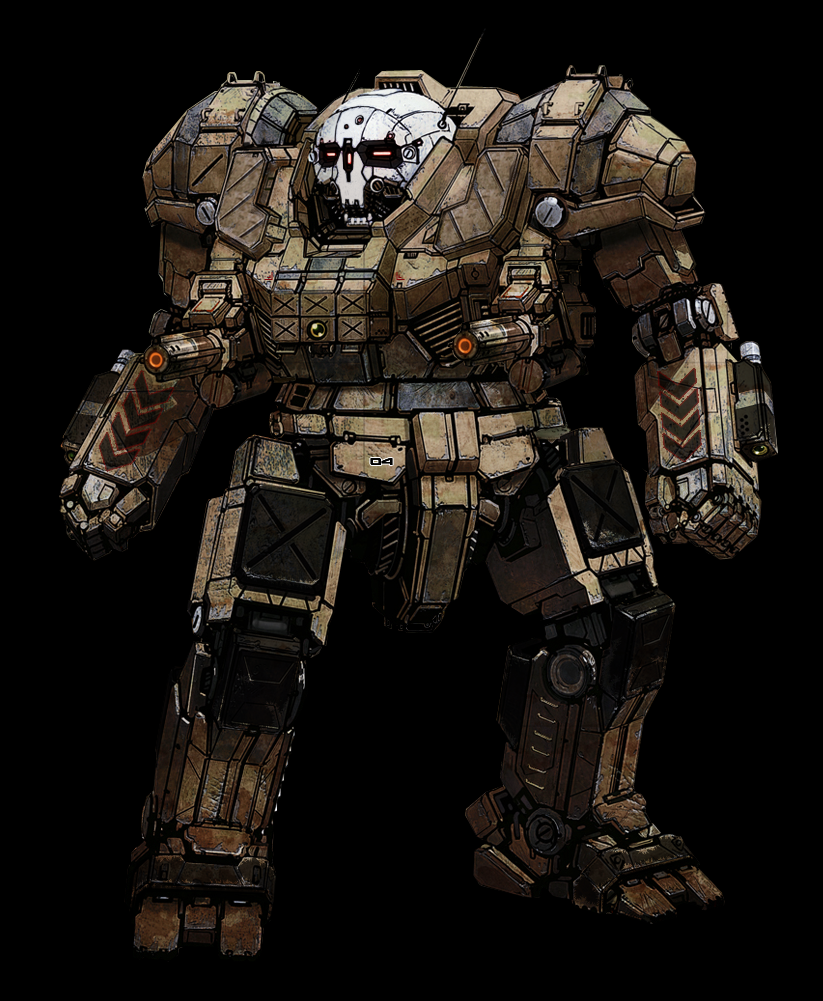
Putting the “Science” in “Science Fiction” – Giant Robots
One of the most pervasive figures in technology throughout the history of science-fiction is the giant robot. Although they may be impractical in the real world, there is something about giant walking machines that captures the awe and imagination of people around the world. From H.G. Wells’ Martian tripods to the “mecha” of Japanese animation, the Battlemechs of the Battletech franchise, and the Jaegers of the upcoming Guillermo del Toro film Pacific Rim, giant walking robots have been a staple of the science-fiction genre.
Seeing how common they are in sci-fi, it is somewhat surprising that the creation of giant robots has not been the subject of a great deal of research work. Unfortunately for giant robot fans, this is mainly because the construction of such devices poses enormous technical challenges that would have to be overcome in return for what many people see as only limited improvements over conventional vehicles. Large humanoid robots would be very useful in fields such as construction, rescue operations and forestry due to their manipulator arms and potential for human-like maneuverability. However, such machines would not be as useful on the battlefield, where they are usually portrayed as being used in comics and big-budget movies, since their great height and the difficulty in equipping them with heavy armor would make them big targets compared to conventional armored vehicles. Serious research into the creation of giant robots is currently very limited, but research into other subjects may produce solutions to some of the difficulties in creating these impressive machines and make giant robots possible.
Like many technologies commonly seen in sci-fi, the operation of an enormous robotic vehicle would require huge amounts of power, and this presents the first hurdle to overcome. Research into new technologies to produce and store energy is already underway, but even if these projects bear fruition, there will still be other difficulties in creating a giant robot.

One of the main concerns with creating a walking machine of any kind is handling the issue of keeping it from falling over. Because keeping our balance is such an integral and automatic part of walking, we don’t often think about how sophisticated a machine would have to be to perform a similar feat. One of the easy ways to get around this problem is to create walking machines that use four legs, since a four-legged design leaves a stable platform of three legs on the ground while the other one moves. Although four-legged walking machines are possible and many small modern robots have six or more legs, these designs do not have the utility of a humanoid shape. Humanoid robots – such as Asimo and Boston Dynamic’s Atlas – are now under development, and promise a humanoid two-legged stride like that often seen in fiction, but these robots have several hurdles to pass before they will be a match for their fictional counterparts.
Once a robot design that can be fully relied on to walk with a humanoid gait is built, the next issue will be to make it able to move fast enough to be useful. Although a robot meant for construction or forestry use could afford to be a slow one meant as a replacement for other vehicles, it would have to move much faster. An Abrams battle tank has an off-road speed of 40 kilometers per hour through almost any terrain, so any robot meant to compete with it would need to be at least that fast so as not to be considered a liability. Most of the fields where giant robots would be most useful involve broken and uneven terrain, obstacles and potential impacts by heavy objects – all problems the machine would have to resolve without falling over in order to be useful. To create an all-terrain robot, the gyroscopic stabilizer and sensors that detect limb position, as well as its feet, would need to be very sophisticated to keep it upright. Technology is already progressing in this area, as can be seen in the all-terrain capabilities of the Big Dog robot, but it will be some time before humanoid robots with the same capabilities are created.
In the case of a robot with a human pilot there is an additional concern, as the machine’s gyroscope would have to be synchronized with the sense of balance of its pilot in order to ensure that conflicting signals do not cause accidents. How to control a machine with two arms, two legs and a human range of movement is also a daunting task, but the same technology used to control robotic exoskeletons could likely be used in this case as well. The Jaeger robots in Pacific Rim seem to be a good example of this control system, with the pilots wearing suits and being attached to a frame that relays their movements back to the machine they control. Once these problems are solved, piloted walking machines will become a very real possibilities.

The other main issue that would need to be addressed in order to create large-scale robots is improving the systems involved in actually moving the robot. Robots, like most machines, rely on motors called actuators to allow their movement. The actuators in current machines generally work through hydraulic or pneumatic pressure, where pressurized fluid or air is pumped through the machine and the pressure is used to force motion. Although hydraulics provide a great deal of power, they also tend to be slow and can have problems with accurate movement, as anyone who has watched construction equipment in operation can attest. To compete with their fictional counterparts, a large robot would require the ability to move with speed, strength, agility and accuracy to avoid damaging its environment. To address these needs, scientists are working on electroactive polymers (or EAPs) – materials that expand when exposed to an electrical current and then contract to their original shape when the current is shut off. When used in robotics or artificial limbs, EAPs could act in a manner very similar to human muscles, with a pair of polymer bands alternating between expansion and contraction… causing the robot’s limbs to move. Although hurdles still must be overcome, when this technology matures it will promise robots with smooth, accurate and powerful movements, and will also lead to advances in exoskeleton technology and the creation of cybernetic limbs that will perform more like natural ones.
Although giant robots may not be as practical for combat as many sci-fi works show, they will have many uses in rescue, forestry, construction and emergency situations. As the technologies required to build large walking vehicles become more common, they will also lead to advances in many other fields, such as cybernetics, powered exoskeletons, and even conventional construction vehicles such as excavators.
TOP PHOTO: mwomercs.com













